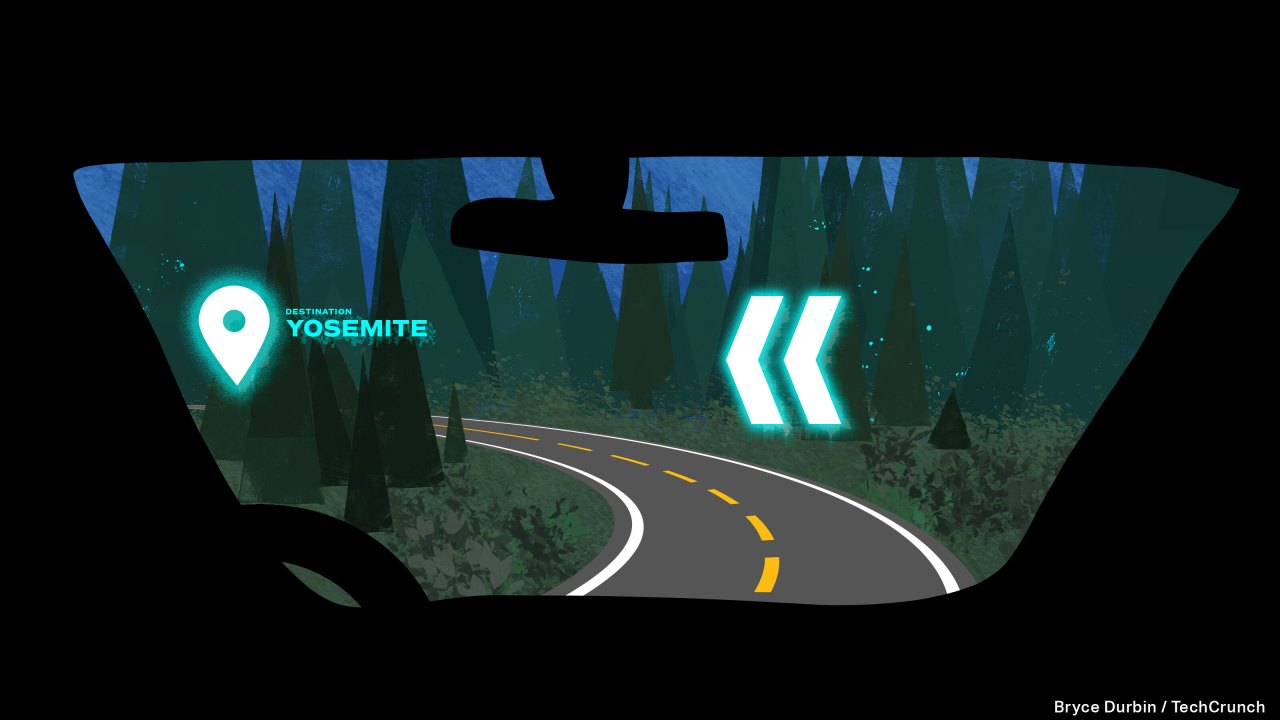Augmented Reality (AR) and Virtual Reality (VR) are two technologies that have taken the world by storm, particularly in gaming, shopping, and design. However, a new frontier is opening up: the automotive industry. As automakers and startups explore the potential of AR and VR, they’re aiming to create innovative in-vehicle experiences that could redefine how we perceive transportation. With a rapidly evolving landscape, the growth prospects for these technologies in vehicles are vast.
The Shift Towards Enhanced User Experience
The transformation within the automotive sector is akin to a paradigm shift where the focus is gradually moving from mechanical specifications—like engine size—to user experience. As cars evolve into platforms for technology, AR and VR present a golden opportunity to enhance engagement and safety. According to Andy Travers, CEO of Ceres, manufacturers are concentrating on how their vehicles can offer a more personalized user experience. This shift is particularly crucial as electric vehicles continue to rise in popularity, making differentiation increasingly necessary.
Challenges of Integrating AR and VR into Vehicles
While the potential for monetizing AR and VR in automobiles may seem promising, several challenges hinder rapid implementation. The development timelines for automotive-grade products can extend to several years, making it difficult for smaller startups to compete effectively. Additionally, the robust demands of vehicle environments—such as temperature fluctuations and physical impacts—pose significant hurdles in creating components that are compact, durable, and energy-efficient.
- Longevity of Components: Unlike consumer electronics, which can be replaced frequently, automotive components must withstand years of wear, especially in extreme conditions.
- Energy Consumption: As electric vehicles proliferate, integrating AR and VR technologies without draining battery power has become increasingly critical.
Current Applications and Innovations
Despite the challenges, some automotive giants are already leveraging AR features to enhance user experience. Companies like Audi and Mercedes-Benz have incorporated heads-up displays (HUDs) in their most advanced models. These systems utilize AR to overlay navigation cues on the windshield, facilitating easier navigation. Another notable example comes from Holoride, an Audi spinoff, which is developing VR experiences for passengers aimed at reducing motion sickness while offering entertainment options.
Interestingly, startups such as Envisics and WayRay are demonstrating the disruptive potential of AR technology. Envisics is collaborating with Panasonic Automotive Systems to pioneer next-gen HUDs that will make their debut in upcoming vehicle models like the Cadillac Lyriq. On a broader scale, the investment landscape surrounding AR and VR is also shifting, with traditional automotive firms actively pursuing independent startups to integrate specialized technologies.
The Role of Consumer Demand in Shaping Future Innovations
As consumer expectations evolve, so too will the offerings of AR and VR technologies in vehicles. Today’s innovations are just the tip of the iceberg; future AR systems are likely to feature three-dimensional displays customizable to individual user preferences. The objective is to provide essential information while minimizing distractions—a balancing act crucial for safety.
Possibilities for In-Cabin Advertising
As the use of AR becomes normalized, opportunities for in-cabin advertising will likely manifest. Picture this: you’re on a road trip and pass a hotel that displays special deals via AR. Imagine seamlessly accessing reviews or booking a stay from your vehicle. This intriguing prospect could create new revenue streams for automakers while enhancing the travel experience for consumers.
Conclusion: Stepping into a New Era of Mobility
In-vehicle AR and VR technologies are gradually making their way into our daily commute, transforming how we interact with our vehicles. As the industry grapples with existing challenges, the technological innovations being pursued promise not only to enhance our driving experiences but also to enrich our lives. The increasing focus on user experience is crucial for the future of mobility, providing exciting growth opportunities for all stakeholders involved.
At fxis.ai, we believe that such advancements are crucial for the future of AI, as they enable more comprehensive and effective solutions. Our team is continually exploring new methodologies to push the envelope in artificial intelligence, ensuring that our clients benefit from the latest technological innovations.
For more insights, updates, or to collaborate on AI development projects, stay connected with fxis.ai.

